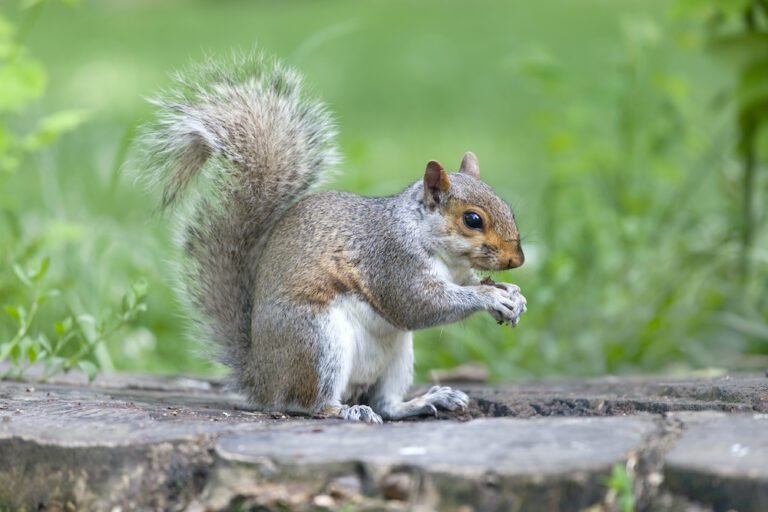The Most Common Wildlife Problems for North Carolina Homes
All the natural beauty is one of the biggest advantages of living in North Carolina. But with nature comes lots of wild animals and while wildlife can be entertaining to observe in their natural habitat, those same critters can be a nightmare to have under your own roof. Wild animals are often very destructive when they get into homes and they tend to scatter their urine and feces everywhere, which can lead to the spread of dangerous bacteria.
From mice to raccoons, all wildlife can be a nuisance inside your home. Keep reading to learn about some of the wild animals that most commonly trouble homeowners in North Carolina.
The Usual Suspects: Nuisance Wildlife in North Carolina
Mice – The smallest, but perhaps the most persistent, of all wildlife intruders in North Carolina are mice. Able to slip through a hole the diameter of a dime, mice can easily infiltrate local houses to make themselves at home in walls and attics. Mice will relentlessly gnaw away at insulation and electrical wiring, a habit that has been known to lead to house fires. Mice can also spread diseases, including hantavirus and leptospirosis, through their waste.
Squirrels – A common sight in backyards, squirrels are also some of the most frequent culprits of wildlife problems in North Carolina. Crafty and acrobatic, squirrels can easily get onto roofs and find their way into attics, either through existing holes or by gnawing through fascia boards. Like mice, squirrels tend to chew on everything in their path and can cause a lot of damage in a short time span. Squirrels may also introduce pathogens and parasites into your home.
Raccoons – Among the largest home-invading wildlife in North Carolina, raccoons are particularly destructive critters that often force their way into attics and crawl spaces. The first sign of a raccoon on your property will often be ransacked trash cans, though unless you see or hear other evidence, a raccoon may be living elsewhere and merely raiding your garbage. Raccoons are known to spread rabies by biting and can be quite feisty, so it is best never to attempt to chase or corner one yourself.
Bats – While bats are a positive presence in North Carolina’s ecosystem due to controlling mosquito populations, they can be major pests if they get into your attic. Bats often fly in through openings around gable vents and holes in the roof. Within your attic, roosting bats will quickly create a pile of guano, which smells awful and will corrode anything it lands on. Bats are also the most common carriers of rabies in the US, making them very dangerous to handle.
Opossums – Though not as common culprits as squirrels or racoons, opossums are another wildlife species that is known to enter homes in North Carolina when provided the opportunity. Opossums often make themselves at home in crawl spaces and attics. Opossums are not as destructive as some other wild animals, but they have distinctly awful-smelling droppings which can permeate your home if an opossum begins living in it.
Birds – Though not often thought of as pests, birds can become a nuisance just as easily as other animals. Sparrows, starlings, pigeons, and woodpeckers are among the bird species in North Carolina that most often cause issues. Birds frequently nest in dryer vents and HVAC units, which can lead to blockage and damage. They’re also quite noisy and make a mess with their feathers and droppings. Woodpeckers can be destructive to wooden siding, which they will bore into to hunt for insects.
Your Best Choice for Wildlife Removal in North Carolina
When wildlife problems begin disrupting your life, your best course of action is to call a trusted wildlife removal company. If you need to have wild animals removed from your home in North Carolina, reach out to Sustainable Pest Systems today!

